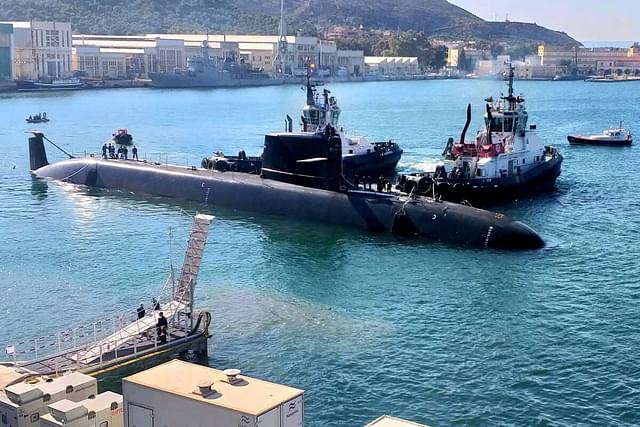- Views: 2K
- Replies: 19

The competition for India's prestigious P-75I submarine program has intensified, with both major contenders exceeding the Indian Navy's indigenous content (IC) requirements.
ThyssenKrupp Marine Systems (TKMS), in collaboration with Mazagon Dock Shipbuilders Limited (MDL), and Larsen & Toubro (L&T), partnered with Navantia, have both committed to a 60% indigenous content level from the very first submarine delivered.
This development marks a significant step in aligning with India's "Make in India" initiative, which aims to boost domestic manufacturing and reduce reliance on imports in the defence sector.
The Indian Navy's initial requirements called for a minimum of 45% indigenous content in the first submarine, gradually increasing to 60% by the sixth and final submarine.
By surpassing this baseline requirement, both the TKMS-MDL consortium, offering the U-212C/D submarine, and the L&T-Navantia partnership, proposing the S-80 Plus submarine, have strategically positioned themselves as frontrunners in the bidding process.
This high level of indigenous content not only demonstrates their commitment to India's self-reliance goals but also highlights the potential for substantial technology transfer, enabling India to develop its own submarine manufacturing capabilities in the future.
Key Points
- P-75I Project: Aims to enhance the Indian Navy's underwater defense capabilities with advanced conventional submarines.
- 'Make in India' Focus: Both competitors emphasize high indigenous content, exceeding initial requirements.
- Two Contenders: TKMS-MDL (U-212C/D) and L&T-Navantia (S-80 Plus) are the only two bids submitted.
- Technology Transfer: A crucial aspect beyond the submarine delivery, enabling India's future indigenous development.
Additional Open-Source Information
- The P-75I project is estimated to be worth over ₹43,000 crore (approximately $5.2 billion USD).
- The winning bidder will be responsible for constructing six advanced conventional submarines in India.
- The submarines will be equipped with Air-Independent Propulsion (AIP) systems, enhancing their underwater endurance.
- The project is expected to take several years to complete, with the first submarine delivery anticipated in the late 2020s.
